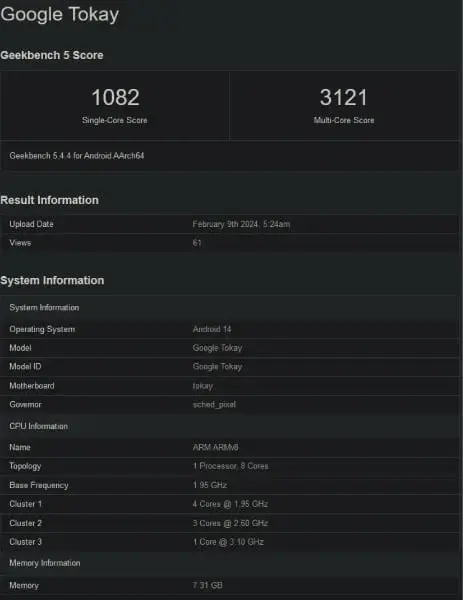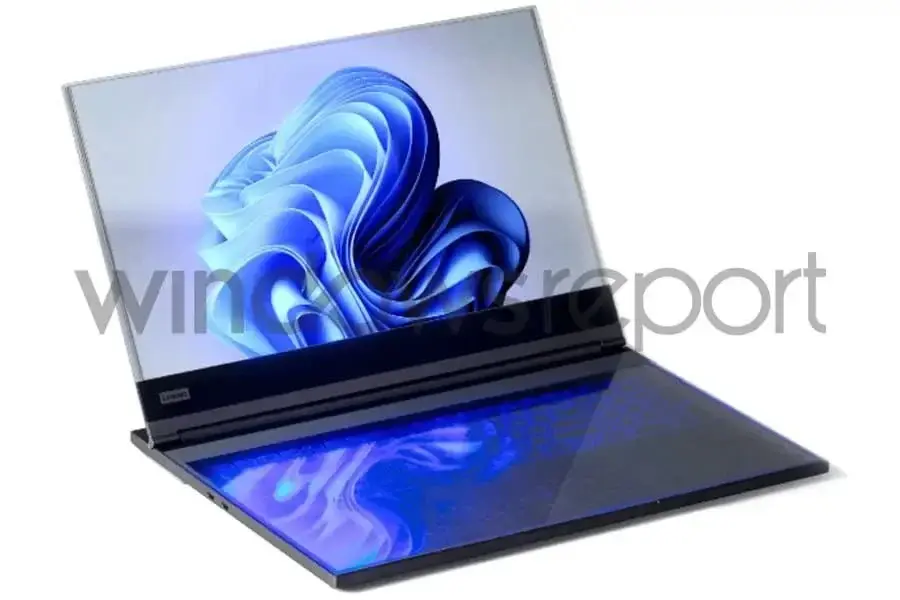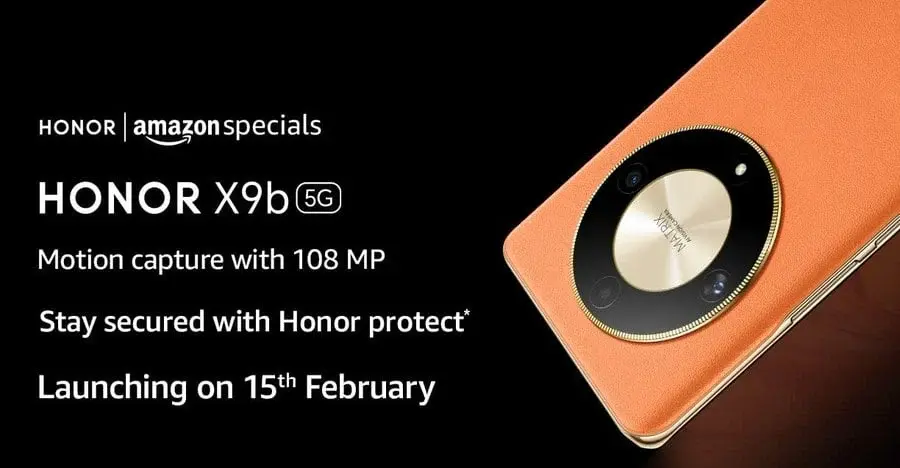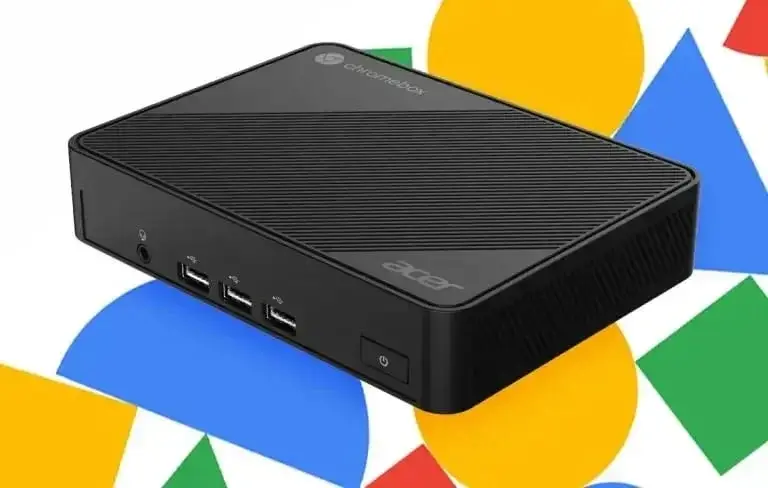A federal judge in Manhattan has dismissed a lawsuit brought against Apple, alleging improper compensation to CEO Tim Cook and other top executives. The lawsuit, filed by a pension fund affiliated with the International Brotherhood of Teamsters, accused Apple of overpayment due to miscalculations in the value of performance-based stock awards.
Allegations of Overpayment
The crux of the allegations revolved around claims that Apple had overpaid Tim Cook and four other executives by tens of millions of dollars, with payments exceeding the intended amounts as specified by the compensation committee. Specifically, the plaintiff argued that the fair value of performance-based restricted stock units (RSUs) had been incorrectly calculated, potentially misleading shareholders.
Judge’s Ruling in Favor of Apple
However, U.S. District Judge Jennifer Rochon found in favor of Apple, highlighting that the company had adequately disclosed its compensation methods in its 2023 proxy statement, thereby complying with securities laws and regulations set forth by the US Securities and Exchange Commission (SEC). Judge Rochon also emphasized the absence of evidence indicating improper actions by Apple’s board of directors in determining executive pay.
Timing of Legal Action
One of the focal points of the case was the timeframe within which the plaintiff pursued legal action. Allegations surfaced that the pension fund did not afford Apple’s board sufficient opportunity to address its objections before filing the lawsuit, a contention that likely influenced the judge’s decision.
Details of Tim Cook’s Compensation
According to details revealed in Apple’s proxy filings, Tim Cook received substantial compensation, totaling approximately $99 million annually for both 2021 and 2022, with a significant portion attributed to stock awards. However, his total pay saw a decline in 2023, amounting to $63.2 million.
Apple’s Legal Victory
The lawsuit’s dismissal represents a legal victory for Apple, underscoring the company’s adherence to regulatory requirements and corporate governance standards in its executive compensation practices. It also serves as a reaffirmation of the transparency and compliance measures implemented by Apple in disclosing its compensation methodologies to shareholders.
Importance of Transparency and Accountability
While this ruling provides clarity on the matter, it also highlights the importance of thorough due diligence and adherence to procedural requirements in corporate governance disputes. As companies continue to navigate complex regulatory landscapes, cases such as these underscore the significance of transparency and accountability in executive compensation practices.
















